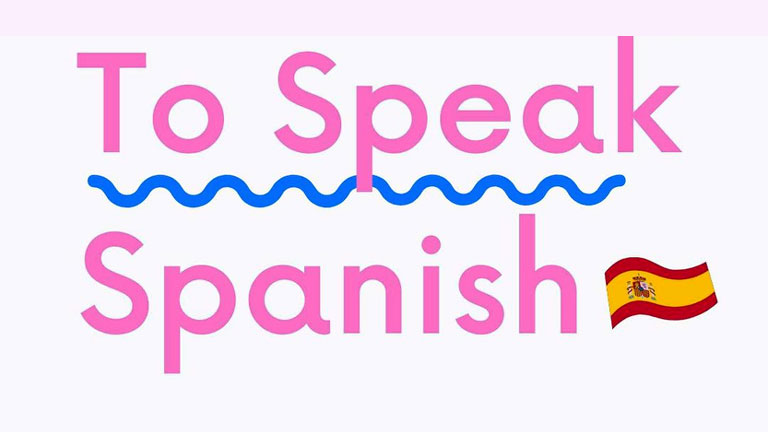Spanish stands tall among the world’s most spoken languages, boasting around 489 million native speakers and a total of 538 million individuals who communicate in it. It holds the mantle as the official or co-official language in 20 countries, predominantly across Latin America but also Europe and Africa. This linguistic powerhouse has a rich history, remarkable diversity, and a significant global influence.
The Roots of Spanish Originating from Latin, the language of ancient Rome, Spanish belongs to the Romance language family. Its genesis traces back to the Iberian Peninsula, where it fused with Arabic, Basque, and Celtic influences. Records date its earliest forms to the 10th century, known then as Old Spanish or Castilian.
Spanish’s journey to distant lands began through conquests, colonization, and trade. Its expansion peaked during the 15th and 16th centuries when Spain established a far-reaching empire in the Americas and the Philippines. Consequently, Spanish became the dominant language across most of Latin America, blending with indigenous languages and cultures along the way.
The Tapestry of Spanish Spanish isn’t a monolithic language but rather a tapestry of diverse dialects, each varying in pronunciation, vocabulary, grammar, and usage. Some prominent variants include:
- European Spanish: The standard variant spoken in Spain, featuring four official languages and distinct linguistic traits, where it has four official languages: Mexico, Argentina, Columbia, Cuba, Spain, Venezuela, and Ecuador.
- Latin American Spanish: Encompassing a wide array of varieties across Latin America, each influenced by indigenous languages and other foreign influences, where it has 18 official languages: Spanish, Portuguese, French, English, Dutch, Haitian Creole, Quechua, Aymara, Guarani, Nahuatl, Mayan, Zapotec, Mixtec, Otomi, Tzeltal, Tzotzil, Garifuna, and K’iche’.
- Caribbean Spanish: Infused with African, English, French, and indigenous linguistic elements, predominantly spoken in Caribbean islands.
- Rioplatense Spanish: Found in Argentina and Uruguay, flavored by Italian, Portuguese, and indigenous languages.
The Impact of Spanish Spanish isn’t confined to being merely a language; it is a rich tapestry of culture, literature, music, and a way of life. Its influence extends across art, science, politics, religion, sports, and entertainment. Notable figures like Cervantes, Picasso, Bolívar, García Márquez, Messi, and Shakira have significantly contributed to various fields, leaving an indelible mark on history.
In Essence, Spanish isn’t just a language; it is a bridge connecting millions globally. It encapsulates the history, culture, and identity of diverse populations. It is an inspiration that encourages exploration and learning, resonating deeply with both hearts and minds. Leveraging online Spanish teachers can be a strategic move toward learning Spanish in a few months.
This beautiful language speaks volumes, transcending boundaries and uniting people worldwide.





